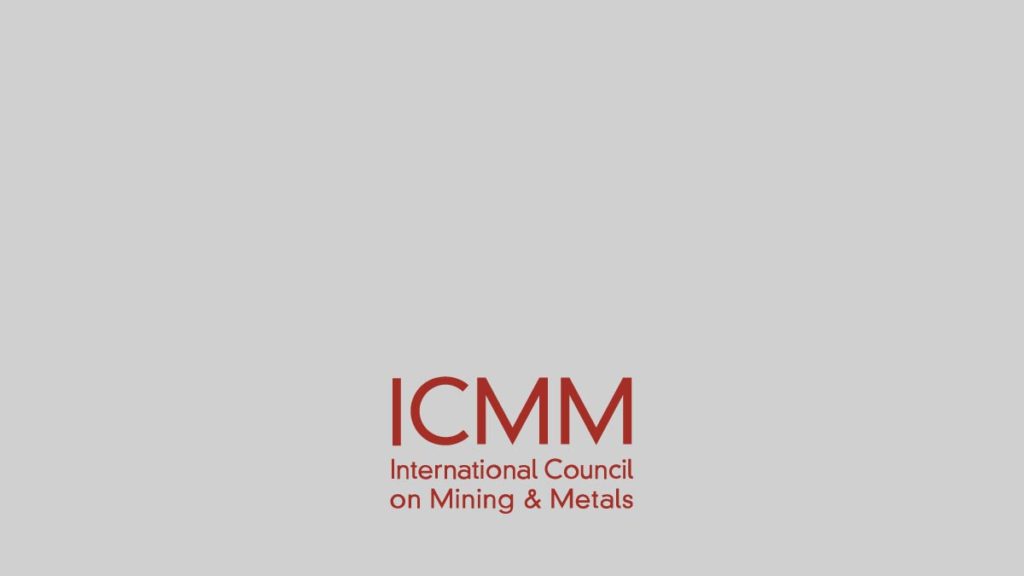
Tool 9 – Strengthening the Community Asset Base
Mining can make major contributions to an indigenous community’s asset base; for example jobs are one of the most tangible ways of offering opportunities to Indigenous Peoples – they generate income, build skills and increase mobility. However issues such as a lack of education or lack of basic skills – such as driving licences, or cultural beliefs and practices, can create barriers. This tool provides insights into the actions companies can take to commit to the employment, and development of labour, skills and capabilities of the indigenous community.
It is worth remembering that not all communities will want the kinds of benefits mining projects offer, and would prefer to maintain their traditional lifestyle.
Step Guide
STEP
1
Determine the employment aspirations of the Indigenous Peoples:
- Develop an indigenous employment policy
- Ensure non-indigenous mangers are properly trained to understand the culture
- Set, and regularly review internal targets for indigenous employment and retention
- Use social baseline information to understand what may be preventing Indigenous Peoples from joining the workforce
- Develop strategies to address these barriers
- Ensure labour standards are being met and all people are treated equally
- Where needed, provide training and employment in mining operations during the operational stage to develop local skills. This will allow the community to undertake small-to-medium scale mining in the future
STEP
2
Attract and recruit indigenous employees
- Use local knowledge to help identify potential recruits
- Focus on face-to-face communication with potential applicants
- Provide employment pathways eg mine access and vocational training programs, scholarships, holiday work, experience and employment, and technical, literacy, numeracy etc development programs
- Provide cultural awareness programs for all employees as part of induction and re-induction processes
- Your selection process should be transparent and include opportunities for women and youth
STEP
3
Promote indigenous employment in your supply chain:
- Successful tenderers should have plans and programs for indigenous training and employment
- Contractors should be guided and encouraged to create business opportunities for Indigenous Peoples eg as their subcontractors
- Relationship building is key to developing business opportunities with Indigenous Peoples
STEP
4
Create strategies to help retention of indigenous employees:
- Ensure provision of continuous mentoring and support
- Introduce special leave for cultural requirements eg weddings, ceremonies, family events, funerals etc
- Create flexible work rosters – consider extended and seasonal leave
- Provision of family support
- Ensure fair wages, benefits and career development opportunities
- Address racism and other forms of discrimination in the workplace
- Ensure there is a proper understanding of why an employee leaves
STEP
5
Create business opportunities
Supporting development of businesses, particularly those not dependant upon the mine, helps build economic resilience of communities and their capacity to cope with the impact of a mine closure. It is important to identify opportunities for business creation on a case-by-case basis.
STEP
6
Infrastructure and services
Work with government and other development agencies to support needed infrastructure and services.
Determining the suitability and feasibility when identifying business opportunities
It will be useful to consider:
- The extent of interest in the community for the business
- The level of business expertise by the potential owners
- The capacity of local providers to deliver the required services
- Distance from markets
- Ease of access to capital
Developing business opportunities for marginalised indigenous communities
A range of actions to build capacity and provide economic opportunities include:
- Training indigenous groups on business and management practices
- Incubating and supporting new businesses
- Ensure tendering and procurement services provide opportunities for local indigenous business
- Assist local businesses to become compliant to mining company requirements eg occupational health and safety
- Help with access to finance ranging from funding microcredit schemes to funding bank loans
- Identify suitable partners for joint ventures
- Formalise local procurement and capacity building of indigenous-owned business through legal agreements
Improving and sustaining infrastructure
- Sustainability of infrastructure and services post closure should be considered at the start of a project
- Ensure management bodies from the indigenous community are strengthened and adequately resourced eg though a community infrastructure fund
- Seek opportunities to partner/align with government development plans
- Be strategic – target investments in infrastructure that communities really want and need
- Seek local expert advice
- Ensure services/facilities are provided in compliance with applicable legal requirements
- To help design good programs, avoid replication and bring in expertise partner with government and other parties eg NGOs etc
Community, Economics, Environment, Ethical Business, Management, Rehabilitation
Diavik Mine – Establishing and Delivering on Effective Participation Agreements
Maximising benefits through employment, training and building local business capacity

